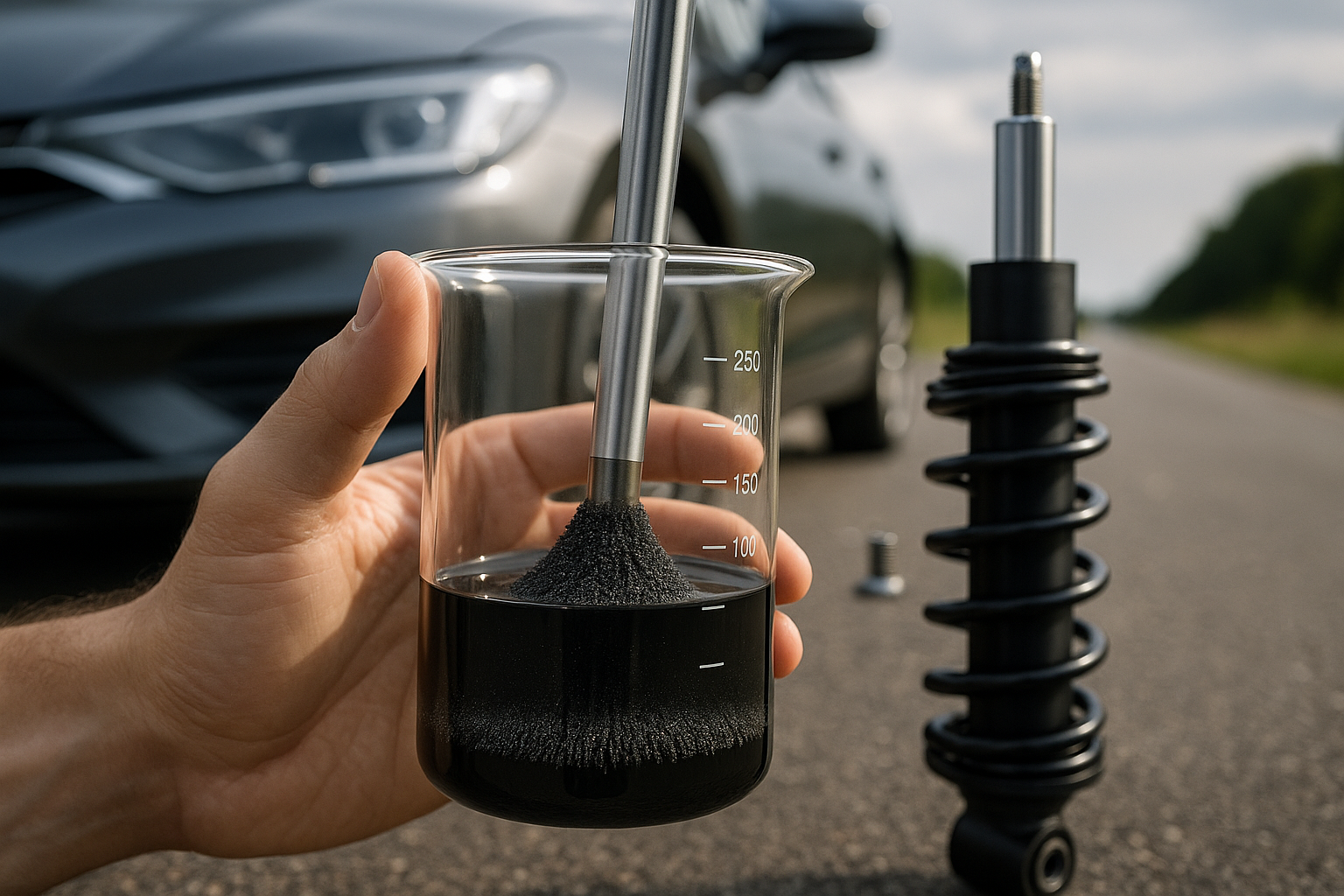Cockpit ergonomics and thermal layering for extended cold rides
Extended cold rides require careful attention to cockpit ergonomics and deliberate thermal layering to preserve comfort, reduce fatigue, and maintain control. This piece outlines cockpit setup, clothing strategies, and equipment considerations—covering insulation, power choices, suspension, and routine maintenance—for safer, more comfortable outings on cold trails.

Riding for extended periods in cold conditions challenges both rider endurance and machine setup. Proper cockpit ergonomics reduce strain on the body and improve control inputs, while an effective thermal layering system maintains core temperature without compromising mobility. Combining adjustments to controls, seating, and wind protection with a systematic approach to insulation and moisture management can extend safe riding time and lower the risk of cold-related impairment during long trail runs.
Ergonomics and control layout
A rider-centered cockpit minimizes unnecessary movement and keeps hands, feet, and eyes aligned for consistent control. Adjust handlebar height, lever reach, and seating position so wrists are neutral and shoulders relaxed. Consider grip type and placement to reduce reliance on excessive throttle corrections—this is important for managing fuel or battery use and reducing rider fatigue. Instrument placement for navigation and engine readouts should be visible without significant head movement. Small ergonomic improvements reduce strain on long rides and improve overall safety and handling of the sled.
Insulation and thermal layering
Thermal layering balances insulation with breathability to manage sweat and retain warmth. Use a moisture-wicking base layer, an insulating mid-layer, and a windproof outer shell tailored to the expected conditions. Pay special attention to extremities—gloves, heated liners, and insulated boots are critical where skis and tracks send cold up through the chassis. Proper helmet ventilation and neck protection prevent heat loss while avoiding condensation. Layering choices should be adaptable so riders can vent or add layers depending on exertion and temperature changes on the trail.
Power: fuel, battery, and engine considerations
Long rides require planning around propulsion choice and efficiency. For internal-combustion engines, monitor fuel consumption and carry appropriate reserve fuel in approved containers; placement of that cargo affects balance. For electric systems, battery capacity, thermal management, and charge state are central—cold temperatures reduce usable battery capacity and power output. Engine warm-up routines and emissions considerations also affect how a vehicle performs on long cold outings; keeping the engine within optimal temperature ranges supports consistent performance and reduces wear.
Tracks, skis, and suspension impact
Track length, lug height, and ski setup influence flotation, steering, and ride comfort across varied snow. Suspension tuning for rider weight, cargo load, and trail conditions reduces fatigue by smoothing impacts and improving traction. Properly adjusted shocks and correct ski alignment minimize corrective steering inputs, conserving energy and reducing stress on the engine or battery. Regular inspection of tracks and skis before long trips prevents failures that can strand riders in cold environments and also helps maintain predictable handling on mixed trail conditions.
Navigation, cargo planning, and trail strategy
Integrating navigation into the cockpit—via a securely mounted GPS or map holder—keeps route awareness high without distracting the rider. Plan cargo strategically: fuel or batteries, tools, first-aid supplies, and layered clothing should be accessible but not impede control. Consider trail length, elevation, and likely weather changes when packing; extra insulation and a lightweight emergency shelter can be lifesaving. Effective trail planning reduces time in exposed conditions, lowers emissions per trip when applicable, and supports safer decision-making during extended outings.
Maintenance, safety checks, and emissions awareness
Routine maintenance before long rides improves reliability and reduces the chance of cold-weather breakdowns. Check fuels, batteries, engine fluids, belts, lights, and braking systems; ensure suspension and steering components are within service limits. Be mindful of emissions and the impact of cold starts—following manufacturer guidelines for warm-up and maintenance minimizes excess emissions and mechanical stress. Carry repair basics and know how to perform simple fixes in the field. Prioritizing safety checks and addressing issues early keeps both rider and machine operating effectively on extended cold trips.
Comfort and control during extended cold rides come from pairing a well-thought-out cockpit layout with adaptable thermal layering and sound mechanical preparation. Attention to ergonomics reduces fatigue and improves safety, while systematic insulation strategies keep riders warm without sacrificing mobility. Combined with power planning, suspension tuning, careful cargo organization, and routine maintenance, these practices help maintain performance and resilience on long, cold trails.






